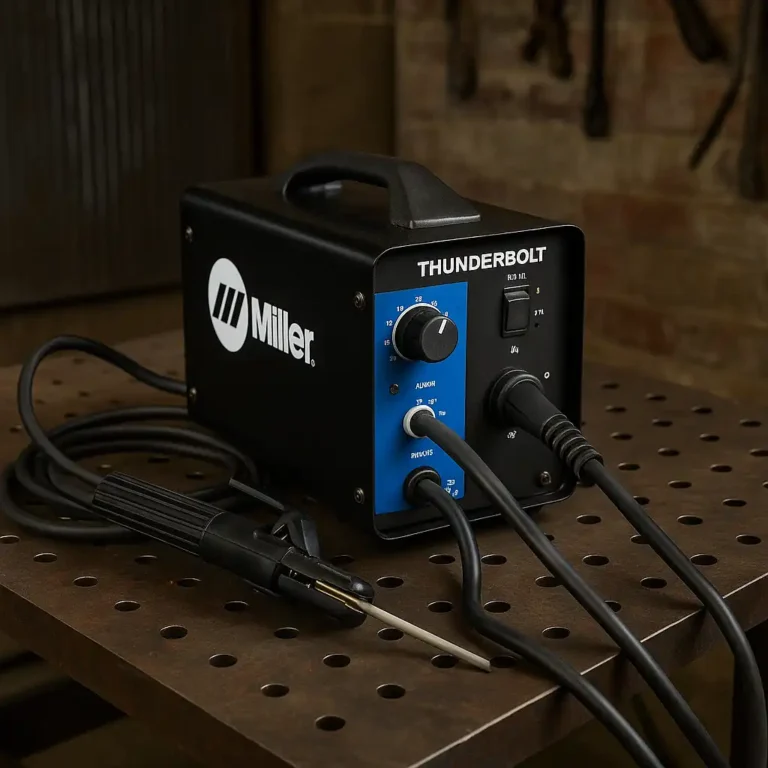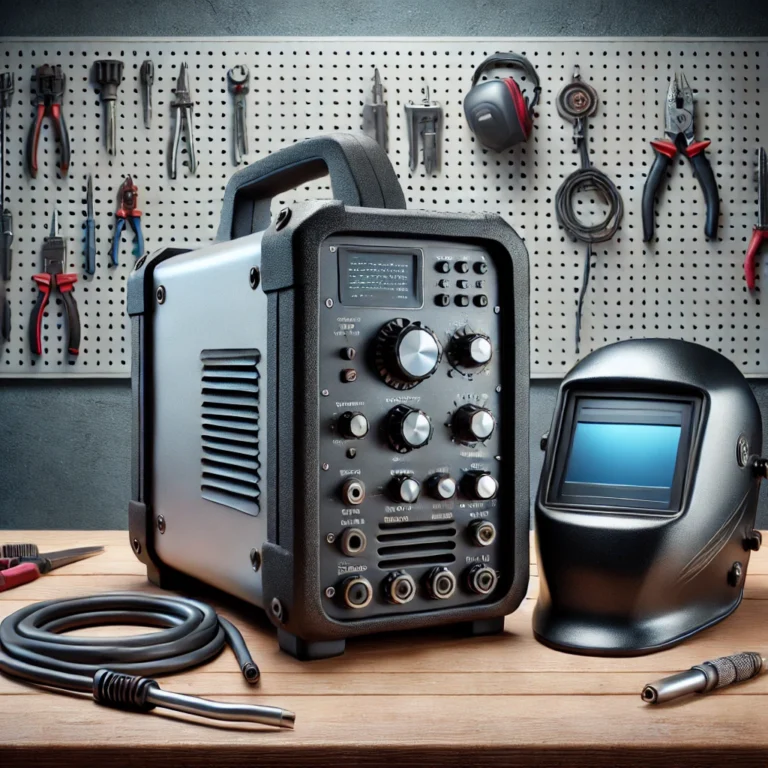Best Welder for Beginners: Your First Projects Made Easy

Disclosure: This post contains affiliate links. As an Amazon Associate, I earn from qualifying purchases—at no extra cost to you.
Starting your welding journey can feel overwhelming. With so many welder options available, choosing the right one can make all the difference in building your skills confidently. Whether you’re planning small DIY projects or hoping to expand into professional welding, selecting the best beginner-friendly machine is crucial.
What to Look for in a Beginner Welder
When choosing your first welder, consider these important factors:
- Ease of Use: Look for a machine with clear controls, straightforward settings, and beginner-friendly features.
- Power Requirements: A welder that runs on 110V power is ideal for home use, while 220V is better for thicker materials.
- Safety Features: Overheat protection, automatic shutoff, and clear user interfaces help prevent mistakes.
- Versatility: Multi-process welders that handle MIG, TIG, or Stick welding can expand your skills as you progress.
Top Beginner Welders for Easy Learning
Forney Easy Weld 140 FC-i — Review
The Forney Easy Weld 140 FC-i is an excellent entry-level machine for beginners. It’s a flux-core wire welder, meaning you don’t need a gas setup, making it simple for home users. With a 140-amp output and infinite voltage control, this welder is powerful enough for household repairs and light metalwork.
Key Features:
- Lightweight and portable design
- User-friendly controls for beginners
- Perfect for DIY enthusiasts and hobbyists
S7 Beginner Welder with Display LCD — Review
This S7 model is designed specifically for beginners. Its clear LCD display makes setting amperage and voltage simple, while the 200-amp power ensures enough output for solid welds. It’s versatile enough to weld rods of various types, giving you room to improve your skills.
Key Features:
- LCD display for precise settings
- Compact design for easy storage
- Suitable for mild steel, stainless steel, and cast iron
HGNVGZ Super Mini Stick Welder — Review
This compact yet powerful welder is ideal for newcomers tackling small welding tasks. It offers 250 amps of power while being lightweight and portable. With built-in hot start, arc force, and anti-stick features, it’s a forgiving machine for those still mastering their technique.
Key Features:
- Compact size for easy handling
- Includes essential welding rods and tools
- Excellent for home repairs and craft welding
Tips for Beginner Welders
- Practice on scrap metal before starting a serious project to build your skills.
- Invest in protective gear like gloves, a welding helmet, and fire-resistant clothing to stay safe.
- Start with simple welds such as lap joints and butt joints before advancing to more complex techniques.
Conclusion
Finding the best beginner welder comes down to simplicity, performance, and safety. The Forney Easy Weld 140, S7 Beginner Welder, and HGNVGZ Super Mini Stick Welder are all excellent choices for first-time welders. Each offers user-friendly features that allow you to build confidence while producing quality welds. With practice and the right equipment, you’ll soon be turning your ideas into metal masterpieces.






